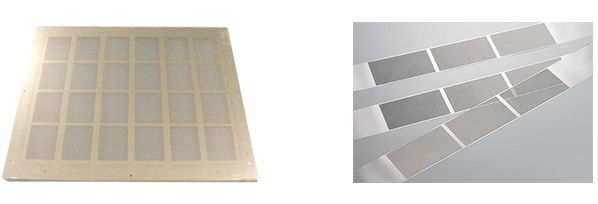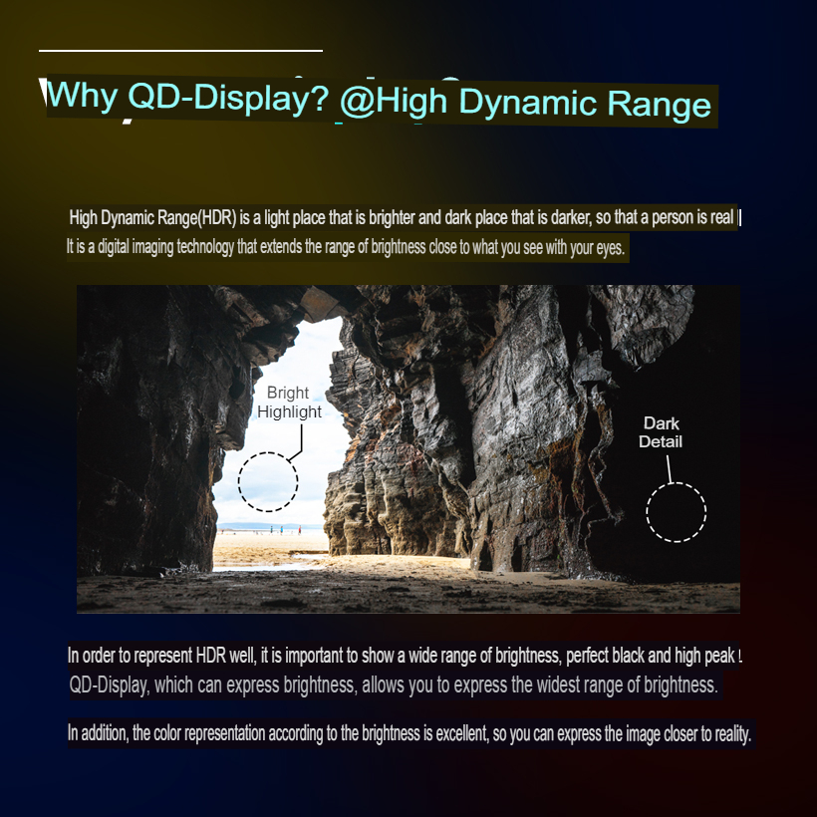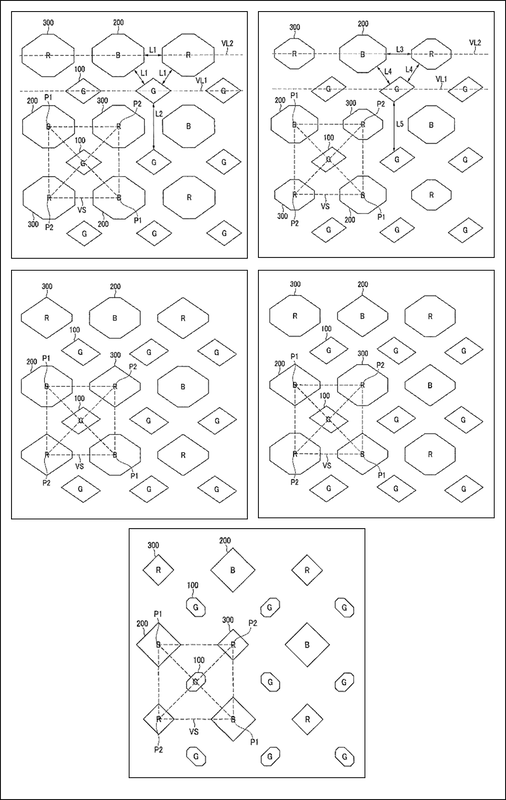Sharing Is Caring
We looked at the first 19 questions that were asked by investors that were answered by the company. Out of those 19 questions, the score was as follows:
14 What are you doing about the poor return on shareholder value?/Market Value?
3 How will your all-in-one IoT products gain traction as there are many competitors already?
1 I question the authenticity of your financial data./Potential fraud.
1 Will you purchase production line equity as did Chinastar?
With 73.7% of the questions on the first two pages of the answered Q&A concerning the poor stock market results of the company shares, it seems quite obvious where the mindset of BOE investors lies currently, and we note that this is not as common as one might expect. Looking back at other times, questions have been based on specific topics that are the focus of a BOE announcement or an article in the Chinese trade press. While there is always some complaining about investor return, this time it was unusually large and rather vitriolic. As noted, the company rarely makes specific comments as they might be construed as material information, but gives the usual party line, which they often repeat word for word in subsequent quesions.
Here is an example (Fraud’ question):
Hello, Secretary Dong: I am an individual investor. Regarding your annual report released on April 15 and the first quarter performance forecast that met market expectations, the stock price has been falling. As an investor, I question the authenticity of your financial data. Is there any fraud? The state requires state-owned listed companies to do a good job in market value management. How do you do market value management? We adhere to value investment. How does your company reward investors?
Hello! The company strictly abides by relevant regulations and fulfills its information disclosure obligations in a timely manner, and there is no financial fraud. The company's achievements today are inseparable from the long-term trust and support of the majority of shareholders. In order to achieve continuous, stable and predictable shareholder returns, the company recently announced the "Shareholder Return Plan for the Next Three Years (2025-2027)", planning to distribute profits in cash each year not less than 35% of the net profit attributable to the parent company's owners in that year; the total amount of funds used to repurchase and cancel shares each year is not less than RMB 1.5 billion (share repurchases for other purposes such as equity incentives will be specially planned separately); consider mid-term profit distribution under certain conditions. In order to implement this return plan, the company plans to distribute cash dividends of 1.87 billion yuan in 2024, accounting for 35% of the net profit attributable to the parent company in the consolidated statement that year; at the same time, it plans to repurchase and cancel A shares of 1.5 billion to 2 billion yuan; in addition, it also plans to cancel treasury shares worth nearly 1 billion yuan, in a multi-level and combined way to effectively improve shareholder returns. According to statistics, from 2015 to 2024, the company has implemented cash dividends for 10 consecutive years, with a cumulative amount of nearly 22 billion yuan; from 2018 to 2024, the company's annual cash dividend ratio has remained above 30% of the net profit attributable to the parent company for 7 consecutive years, allowing investors to share the growth results with the company. From 2020 to 2024, the company's cumulative payment for repurchasing A shares exceeded 5.6 billion yuan, and the cumulative payment for repurchasing B shares was nearly HK$1 billion. With the company's further high-quality development, the company hopes to continue to share growth dividends with shareholders and achieve mutual benefit with shareholders. Thank you!
Side note: In asking Gemini to create the final image below, we used the following prompt: “Can you create an image of an angry shareholder holding a stack of papers while banging on a table at a corporate shareholders meeting?” Once the original image was created, we asked Gemini to change the investor to one who is Chinese as this references BOE. It made the change, however not without a slight modification. We corrected it for the final image, but it points to the fact that AI image generators do not have any understanding of the physical world, even if their training images depict it in a certain way. They match what they have ‘seen’ in training data to what the prompt requested but sometimes forget that no matter how angry we might be at a company management, we don’t have 3 arms.











 RSS Feed
RSS Feed